Guide to House Design with Two Bedrooms
Table of Contents
When planning a House Design with Two Bedrooms, you’re embarking on one of the most enriching home design journeys, balancing practicality with personal comfort. Whether you’re designing a new home, downsizing, or creating dedicated spaces for family and guests, thoughtful bedroom design significantly impacts your daily comfort, sleep quality, and overall well-being.
2 Bedroom homes represent the best of residential design, offering ample room for flexibility without the burdensome maintenance. According to recent housing data, two-bedroom designs represent approximately 28% of new home construction, making them increasingly popular among young professionals, small families, and childless couples seeking efficient living solutions.
Understanding Common House Design with Two Bedrooms
The Modern Minimalist Approach
Modern minimalist bedroom design focuses on clean lines, neutral color palettes, and functional furniture. This style is ideally suited to two-bedroom home designs, maximizing visual space while maintaining sophisticated elegance. Key elements include platform beds, built-in storage solutions, and carefully selected decorative pieces.
The minimalist approach typically features:
- Neutral colors with white, gray, and beige bases
- Versatile furniture pieces that serve two purposes
- Thoughtful use of natural and artificial light
- Tidy surfaces with hidden storage solutions
Cozy Scandinavian Design
Scandinavian bedroom design exudes warmth and comfort through natural materials, soft textures, and elements inspired by the concept of hygge. This style creates inviting retreats ideal for both master and guest bedrooms in two-bedroom designs.
Key Scandinavian elements include natural wood furniture, cozy textiles such as wool throws and linen bedspreads, and a calming color palette combining white, gray, and soft pastel shades, with natural light accentuated by sheer window curtains.
Contemporary Eclectic Style
For homeowners looking for a design that reflects their personality, the contemporary eclectic style allows for a mix of diverse design elements while maintaining a harmonious balance in their two-bedroom home design. This approach is particularly useful when distinguishing between a master bedroom and a secondary bedroom or home office.
Maximizing Space and Comfort in 2 Bedroom Designs
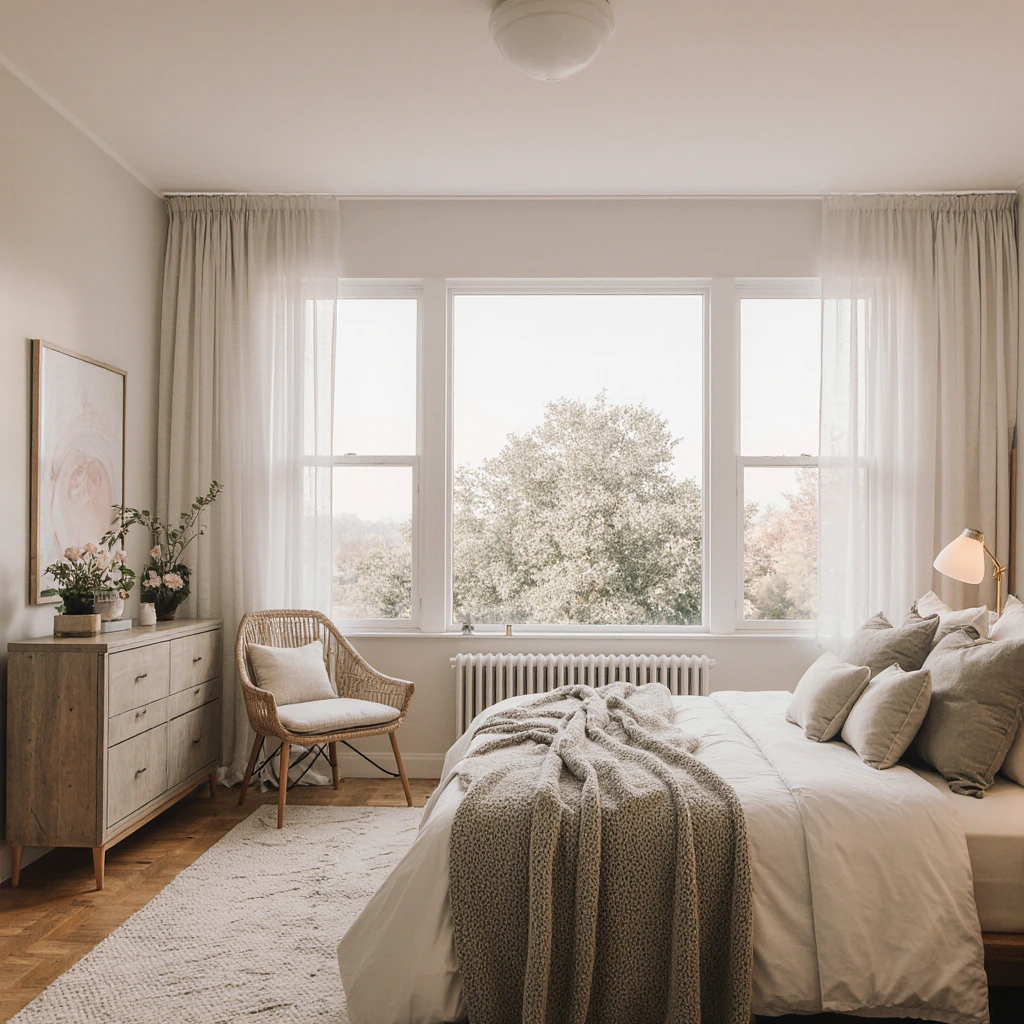
Strategic Furniture Placement
Proper furniture placement significantly impacts the function and visual appeal of bedrooms. In your master bedroom, make the bed the focal point while ensuring adequate space for a hallway. As for the secondary bedroom, consider using it as a guest room, home office, or children’s bedroom.
Smart placement strategies include placing floating nightstands to create the illusion of floor space, placing dressers opposite the bed to evenly distribute weight, using corner spaces as reading nooks or dressing rooms, and maintaining clear walkways between furniture pieces.
Effective Storage Solutions
Effective storage planning prevents clutter while maintaining the aesthetics of the bedroom. Built-in closet systems maximize vertical space, while under-bed storage bins are ideal for seasonal items and linens.
Consider these storage innovations: custom closet organizers with adjustable shelves, ottomans that double as seating, wall-mounted floating shelves for decorative pieces, and multi-drawer bed frames for additional storage.
Create Functional Zones
Even in small bedrooms, creating distinct zones enhances functionality. Designate areas for sleeping, dressing, and relaxing activities. In multi-purpose secondary bedrooms, use room dividers or arrange furniture to separate work areas from sleeping areas.
Color Combinations That Promote Relaxation and Better Sleep
The Psychology of Bedroom Colors
Color selection directly impacts sleep quality and the ambiance of a room. Research suggests that some colors promote relaxation, while others stimulate energy—key considerations in designing a two-bedroom home where comfort and rejuvenation are prioritized.
Ideal colors for bedrooms include calming blues, which lower heart rate and blood pressure; soothing greens, which reduce eye strain and promote calm; warm grays, which create a sophisticated neutral backdrop; and soft lavenders, which encourage peaceful sleep patterns.
Create a harmonious color scheme
Maintaining color harmony between bedrooms helps create visual cohesion throughout your home. Consider using a variety of shades from the same color family or complementary neutrals that transition seamlessly from one room to another.
Effective color coordination strategies include choosing a single neutral base color for both rooms, incorporating accent colors in textiles and accessories, using different shades of the same hue to create a dramatic effect, and ensuring that hallway colors complement the colors of both bedrooms.
Accent Colors and Personal Expression
While maintaining calming base colors, add a personal touch through carefully selected accent colors in artwork, pillows, and decorative accessories. This approach allows for personal expression without compromising the relaxing and calming atmosphere necessary for a good night’s sleep.
Perfect Bedroom Lighting Ideas
Layered Lighting Style
A successful bedroom lighting style combines ambient, functional, and accent lighting to create versatile lighting suitable for various activities. This layered approach is particularly suitable for a two-bedroom home design, where lighting needs may vary between rooms.
Primary lighting layers include ambient lighting from ceiling fixtures or recessed lights, task lighting for reading and self-care activities, accent lighting to highlight architectural features or artwork, and enhancing natural light through window blinds.
Smart Lighting Technology
Modern homes benefit from smart lighting systems that adapt throughout the day, supporting natural circadian rhythms. Programmable LED bulbs can gradually dim in the evening and gradually brighten in the morning, mimicking natural lighting patterns.
Smart lighting features include voice-controlled dimming systems, smartphone app integration for remote control, programmable lighting schedules, and color temperature adjustments.
Creating a Romantic and Relaxing Atmosphere
Bedroom lighting should meet functional needs and create a relaxing atmosphere. Soft, warm lighting promotes relaxation and intimacy, while brighter task lighting supports reading and daily activities.
Consider the following accent lighting options: pendant lamps for space-saving bedside lighting, string or fairy lights for a romantic ambiance, candles or flameless alternatives for total relaxation, and table lamps with warm lights for evening reading.
Common Bedroom Design Mistakes and How to Avoid Them
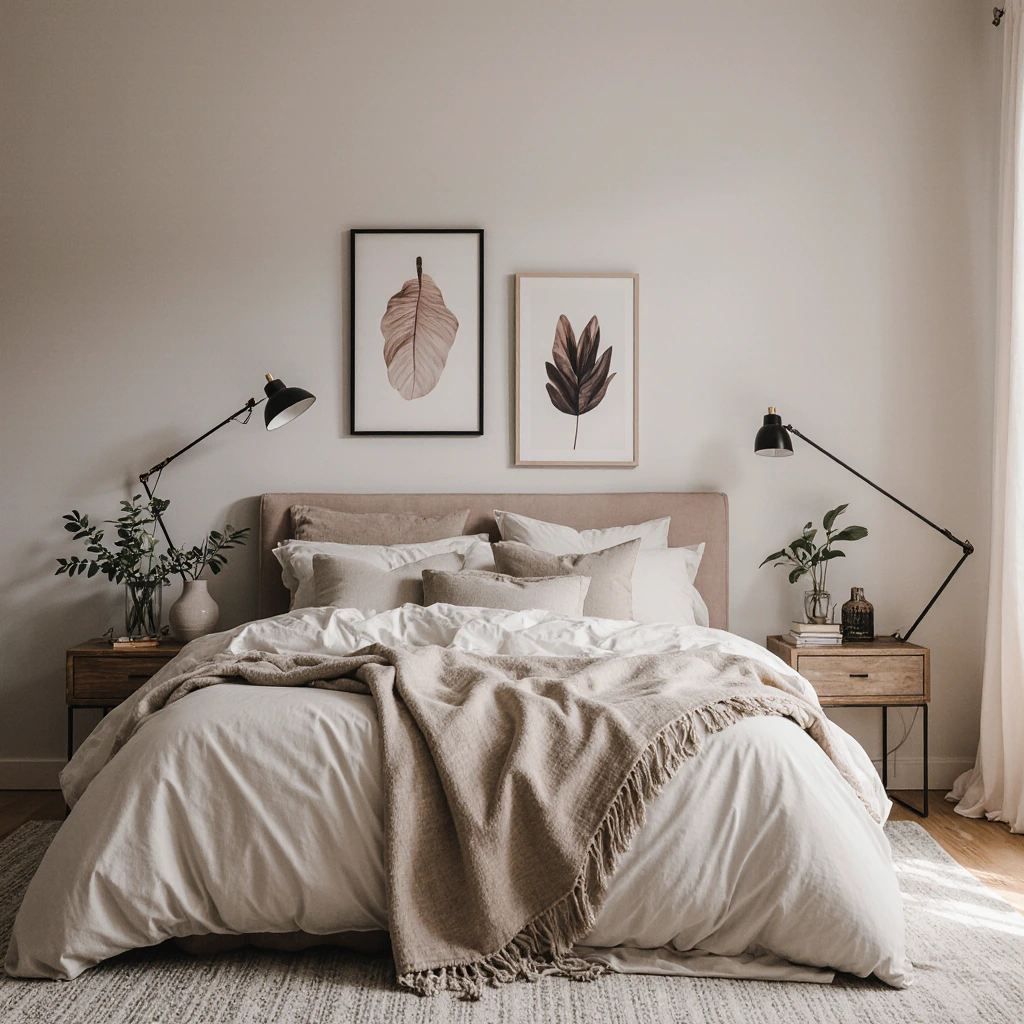
Crowding Small Spaces
One of the most common mistakes in two-bedroom home design is trying to fit too much furniture into a limited space. This creates cramped and uncomfortable environments that hinder relaxation and productivity.
Avoid cluttering by carefully measuring rooms before purchasing furniture, choosing furniture pieces that fit the room’s dimensions, maintaining clear pathways around beds, and prioritizing essential furniture over decorative pieces.
Ignoring Window Blinds
Windows significantly impact a bedroom’s comfort, privacy, and energy efficiency. Inappropriate window blinds allow unwanted light in, reduce privacy, and affect temperature control.
Effective window blind solutions include blackout blinds for a restful sleep, multi-layer blinds that combine privacy and light control, motorized blinds for comfort and precision, and energy-efficient options that reduce heating and cooling costs.
Poor Mattress and Bedding Choices
Good sleep depends largely on the choice of mattress and bedding materials. Investing in suitable sleeping surfaces and comfortable linens directly impacts sleep quality and overall health.
Essential bedding considerations include mattress firmness appropriate for sleeping preferences, breathable sheet materials such as cotton or bamboo, pillows that support neck alignment, and duvets or comforters that regulate temperature.
Neglecting Personal Style
While following design trends can be inspiring, neglecting personal preferences creates spaces that feel impersonal and uncomfortable. Your bedroom should reflect your personality while maintaining practical comfort.
Add your personal style through meaningful artwork and photographs, hobby collections or pieces, favorite colors in accent pieces, and furniture pieces with personal significance or history.
Integrating Technology into Modern Bedroom Design
Smart Home Features
Modern two-bedroom home design often incorporates smart home technologies that enhance comfort, security, and energy efficiency. These systems are especially valuable in bedrooms where comfort and climate control are priorities.
Useful smart bedroom features include programmable thermostats to set ideal sleeping temperatures, smart security systems with bedroom monitoring capabilities, voice-controlled entertainment systems, and motorized window shades for privacy and lighting control.
Charging Stations and Cable Management
Modern bedrooms require adequate charging capabilities for devices while maintaining a clean and organized appearance. Strategic planning prevents unwanted cable clutter while ensuring easy access to devices.
Effective solutions include USB ports built into bedside tables and walls, wireless charging pads built into furniture, cable management systems that conceal cords, and dedicated charging stations away from sleeping areas.
Design a Distinctive Personality for Every Bedroom
Master Bedroom Design Priorities
Your master bedroom should reflect your personal style, prioritizing comfort and relaxation. This space typically contains the largest pieces of furniture and the most luxurious finishes in your two-bedroom home design.
Master bedroom essentials include a high-quality mattress and bedding, ample storage for clothing and personal items, a comfortable seating area if space allows, and personalized decorative elements that create a relaxing and comfortable atmosphere.
Secondary Bedroom Versatility
A second bedroom in your home can be used for multiple purposes, such as a guest room, home office, exercise space, or nursery. The flexibility of this space’s design allows it to adapt to changing needs over time.
Versatile design strategies include modular, reconfigurable furniture, neutral color schemes that suit multiple purposes, electrical outlets for various equipment needs, and storage solutions that accommodate a variety of items.
Sustainable and Eco-Friendly Bedroom Design
Eco-Friendly Material Choices
Sustainable bedroom design incorporates eco-friendly materials and practices that reduce environmental impact while creating healthy living spaces. These choices are especially important in bedrooms where you spend a lot of time breathing indoor air.
Sustainable choices include organic cotton or bamboo bedding, low-VOC paints and finishes, recycled or sustainably sourced wood furniture, and energy-efficient lighting and appliances.
Indoor Air Quality Considerations
Bedroom air quality directly impacts sleep quality and overall health. Choose materials and furnishings that… promote clean indoor air while avoiding harmful chemicals and allergens.
Air quality improvements include choosing natural fiber rugs and carpets, incorporating air-purifying plants, using natural cleaning products, and ensuring proper ventilation systems.
Budget-Friendly Design Solutions
DIY and Upcycling Projects
Designing beautiful bedrooms doesn’t require expensive furniture and accessories. Many two-bedroom home design projects can be accomplished through creative DIY solutions and upcycling furniture.
Cost-effective ideas include refinishing existing furniture for a modern look, creating custom artwork and wall decor, sewing curtains and pillowcases, and repurposing pieces in the bedroom.
Phased Implementation Strategy
Bedroom design can be completed in stages, allowing for budget allocation over time while gradually achieving the desired results. This approach prevents financial pressure and ensures informed design decisions.
Phased planning involves prioritizing essential items such as mattresses and basic furniture, gradually adding decorative items and accessories, updating lighting and window treatments according to budget, and adding luxurious finishing touches.
Conclusion
Designing a two-bedroom home requires thoughtful planning that balances practicality, comfort, and personal style. By understanding common design patterns, maximizing space efficiency, choosing the right color palettes, and implementing the right lighting solutions, you can create bedrooms that are true sanctuaries of rest and relaxation.
Remember that great bedroom design evolves over time—start with quality basics and gradually add personal touches that reflect your unique style and needs. Whether you’re creating a master retreat or a multi-use secondary bedroom, prioritize elements that contribute to better sleep and daily comfort.
The secret to a successful two-bedroom home design is understanding how to utilize each space while maintaining visual harmony throughout your home. With careful planning and attention to detail, your bedrooms can become some of the most valuable spaces in your home.
Ready to transform your bedrooms into the sanctuary of your dreams? Share your bedroom makeover stories in the comments below, or sign up for our newsletter for more expert design tips and inspiration delivered straight to your inbox!
Best Amazon Picks :
FAQs
Q: What is the ideal size for bedrooms in a two-bedroom home?
A: Master bedrooms typically range between 200 and 400 square feet, while secondary bedrooms range between 150 and 250 square feet. The key is to provide enough space for essential furniture, as well as ease of movement around the room.
Q: How do I make a small bedroom appear larger?
A: Use light colors for walls and bedding, add mirrors to reflect light, and choose furniture with exposed legs to create visual flow, maximize natural light, and keep clutter to a minimum. Vertical storage solutions also draw the eye upward, creating the illusion of height.
Q: Do both bedrooms have to have the same design style?
A: While maintaining design continuity is important, each bedroom can have its own personality. Use coordinating color or material combinations to create flow while allowing each room’s character to shine through, depending on its function and user preferences.
Q: What’s the best way to arrange furniture in a rectangular bedroom?
A: Place the bed along the longest wall as a focal point. Place dressers opposite the bed for balance. Use corners to add seating or storage, and maintain clear pathways between furniture pieces. Avoid pushing all furniture against the walls; placing a few floating pieces can create a more vibrant design.
Q: What is the appropriate budget for furnishing two bedrooms?
A: Budget ranges vary greatly based on quality preferences and available pieces. Basic two-bedroom furniture can range from $3,000 to $8,000, while luxury designs can range from $10,000 to $25,000 or more. Prioritize high-quality mattresses and gradually add other items over time.
Q: What colors should be avoided in bedrooms?
A: Bright and stimulating colors, such as bright red, orange, or yellow, can affect the quality of sleep. Very dark colors can make small rooms feel cramped. Instead, choose calming neutrals, soft blues, soothing greens, or warm grays that promote relaxation and rest.

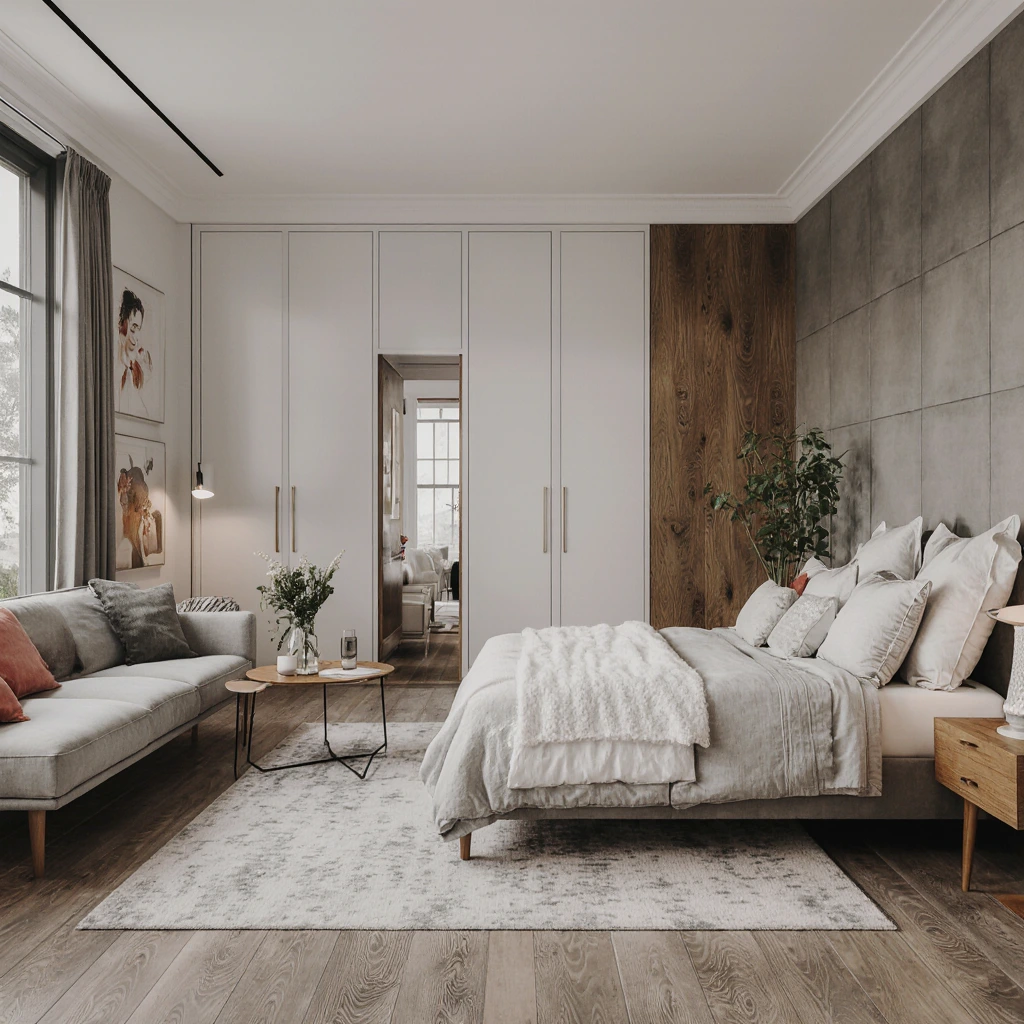
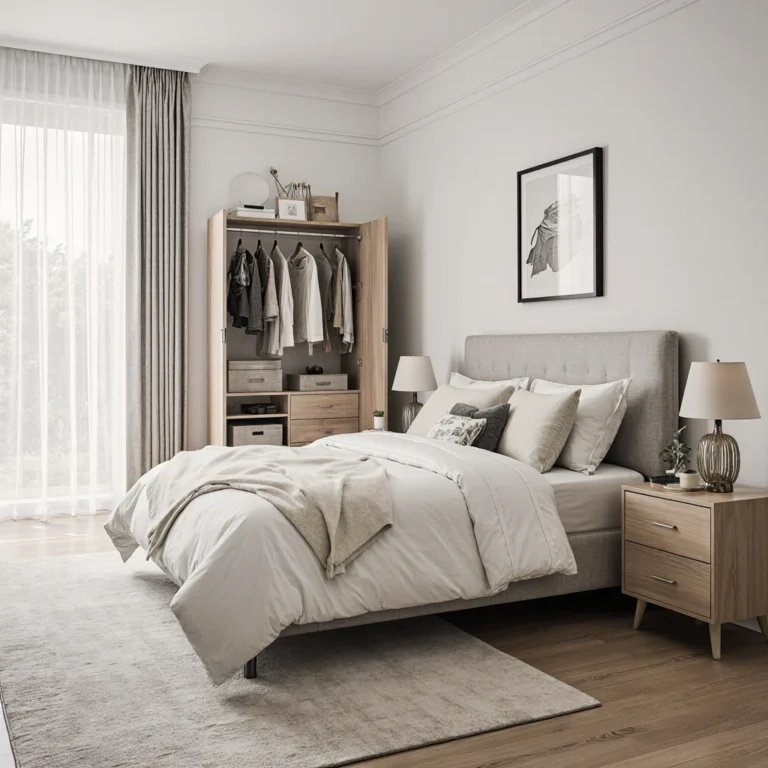
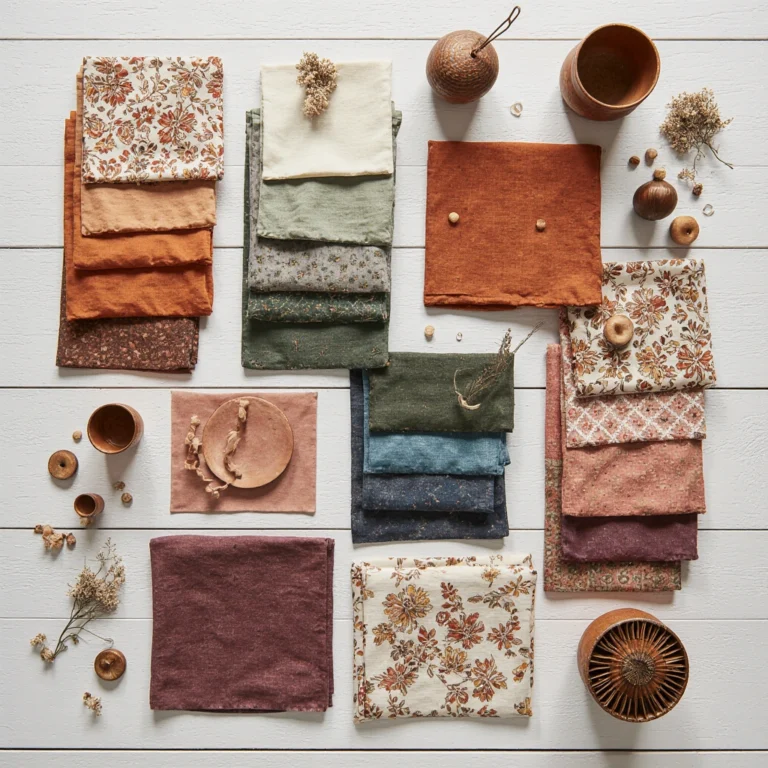
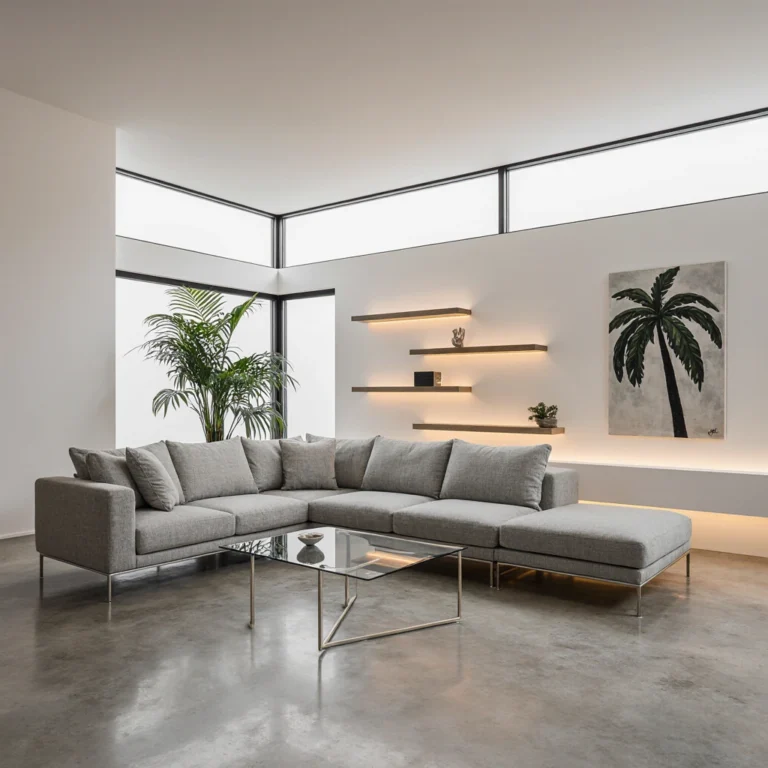
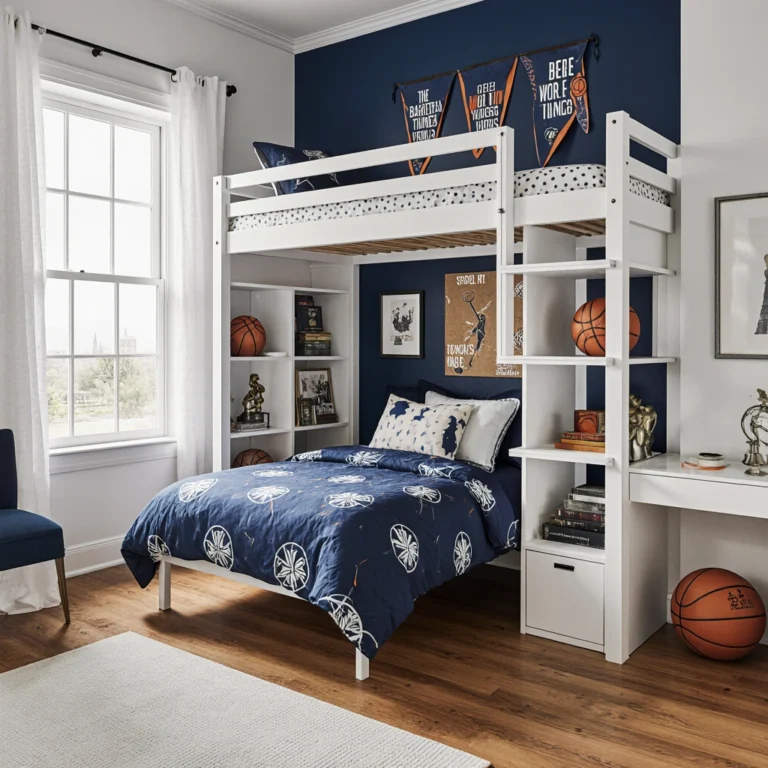
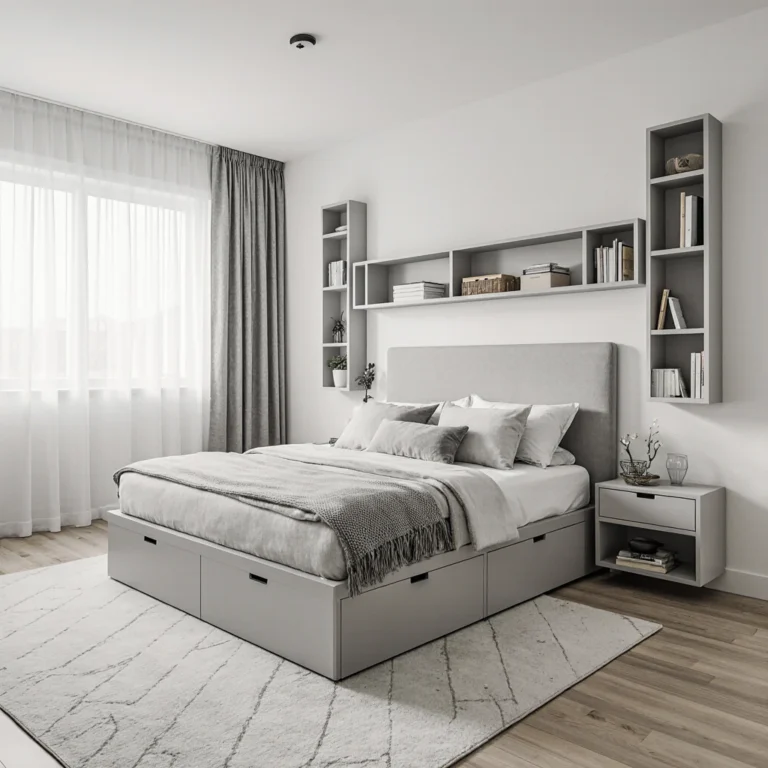
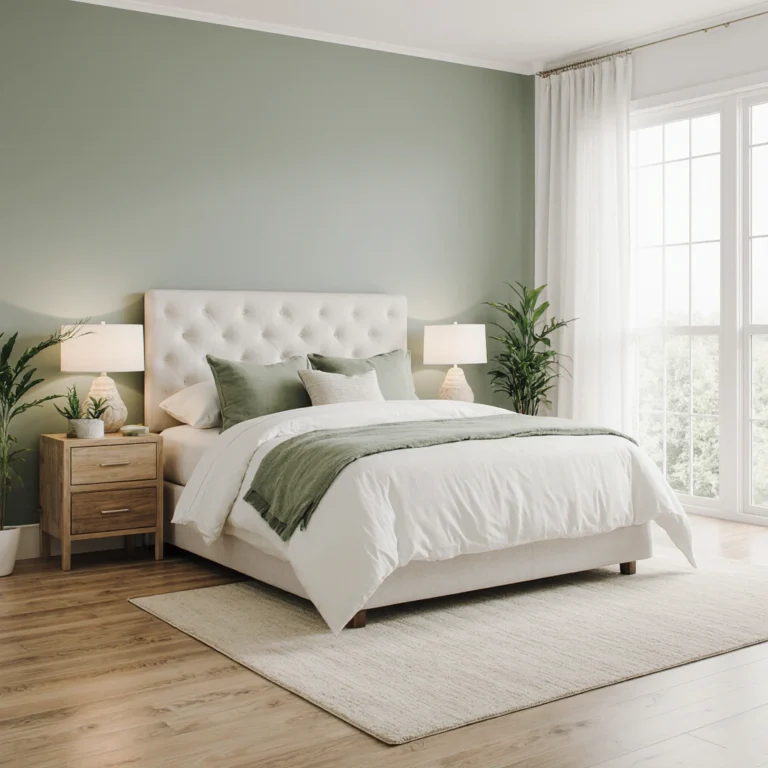
One Comment
Comments are closed.